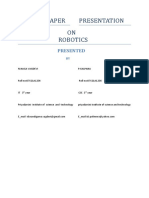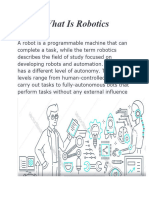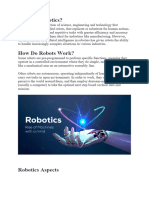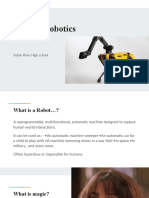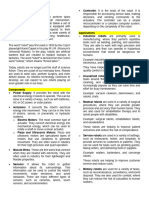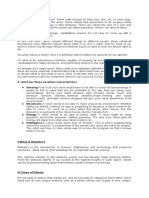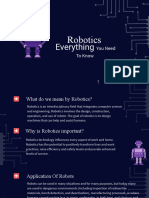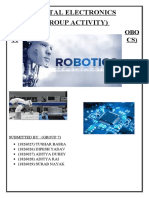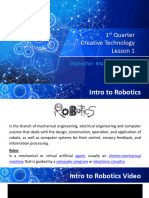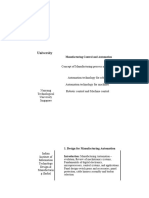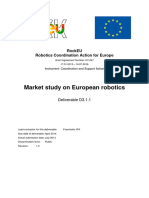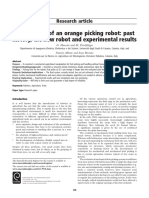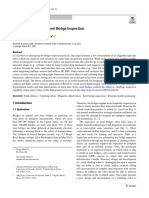0% found this document useful (0 votes)
47 views8 pagesElec
Robotics is an interdisciplinary field focused on designing machines that assist humans, utilizing components such as sensors, programming, and manipulators. The document discusses the history of robotics, types of robots, and their applications in various fields including manufacturing, exploration, and healthcare. It also highlights the advantages and disadvantages of robotic automation, as well as the development of specific robots in the Philippines.
Uploaded by
Sophia Andre' AustriaCopyright
© © All Rights Reserved
We take content rights seriously. If you suspect this is your content, claim it here.
Available Formats
Download as DOCX, PDF, TXT or read online on Scribd
0% found this document useful (0 votes)
47 views8 pagesElec
Robotics is an interdisciplinary field focused on designing machines that assist humans, utilizing components such as sensors, programming, and manipulators. The document discusses the history of robotics, types of robots, and their applications in various fields including manufacturing, exploration, and healthcare. It also highlights the advantages and disadvantages of robotic automation, as well as the development of specific robots in the Philippines.
Uploaded by
Sophia Andre' AustriaCopyright
© © All Rights Reserved
We take content rights seriously. If you suspect this is your content, claim it here.
Available Formats
Download as DOCX, PDF, TXT or read online on Scribd
/ 8





